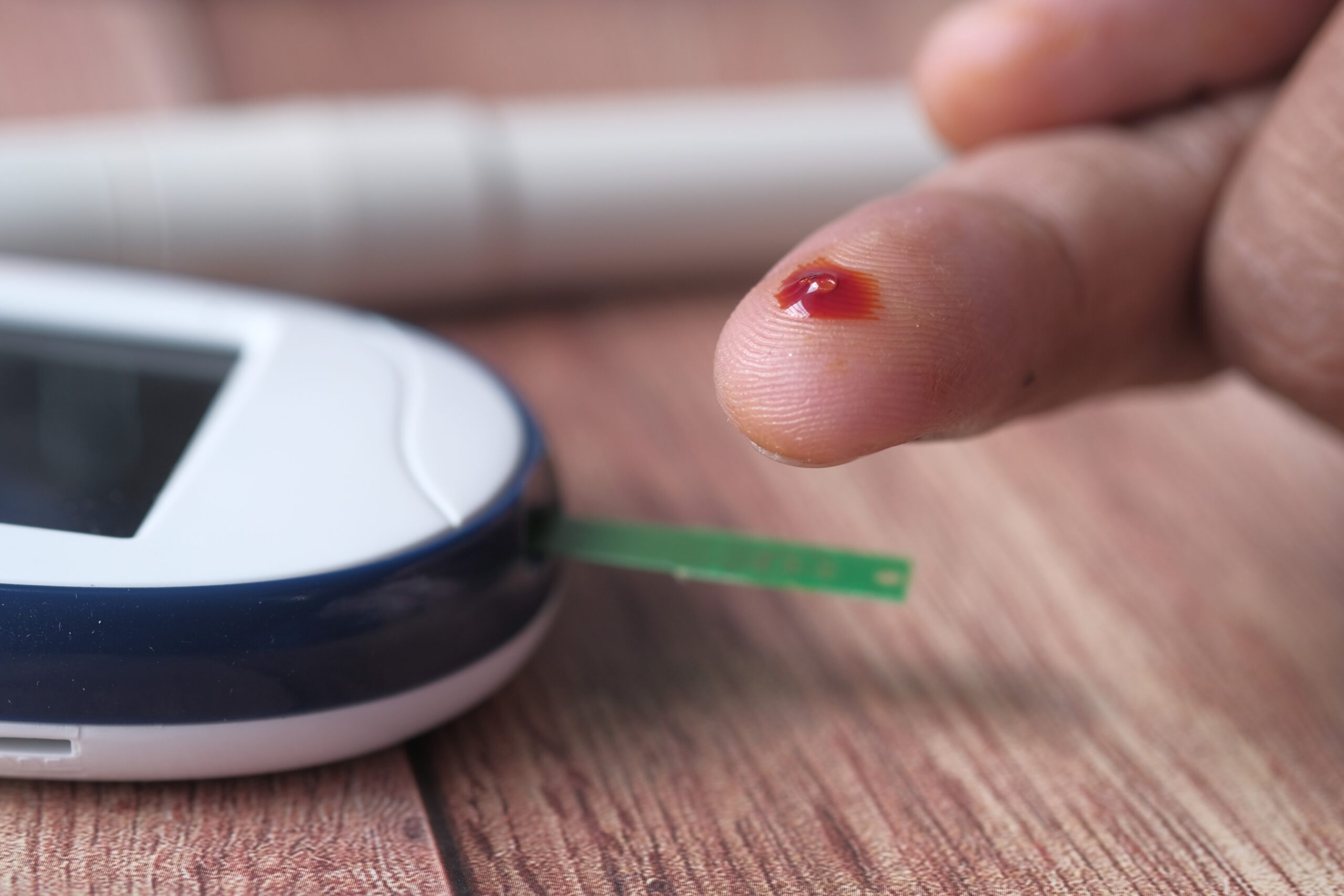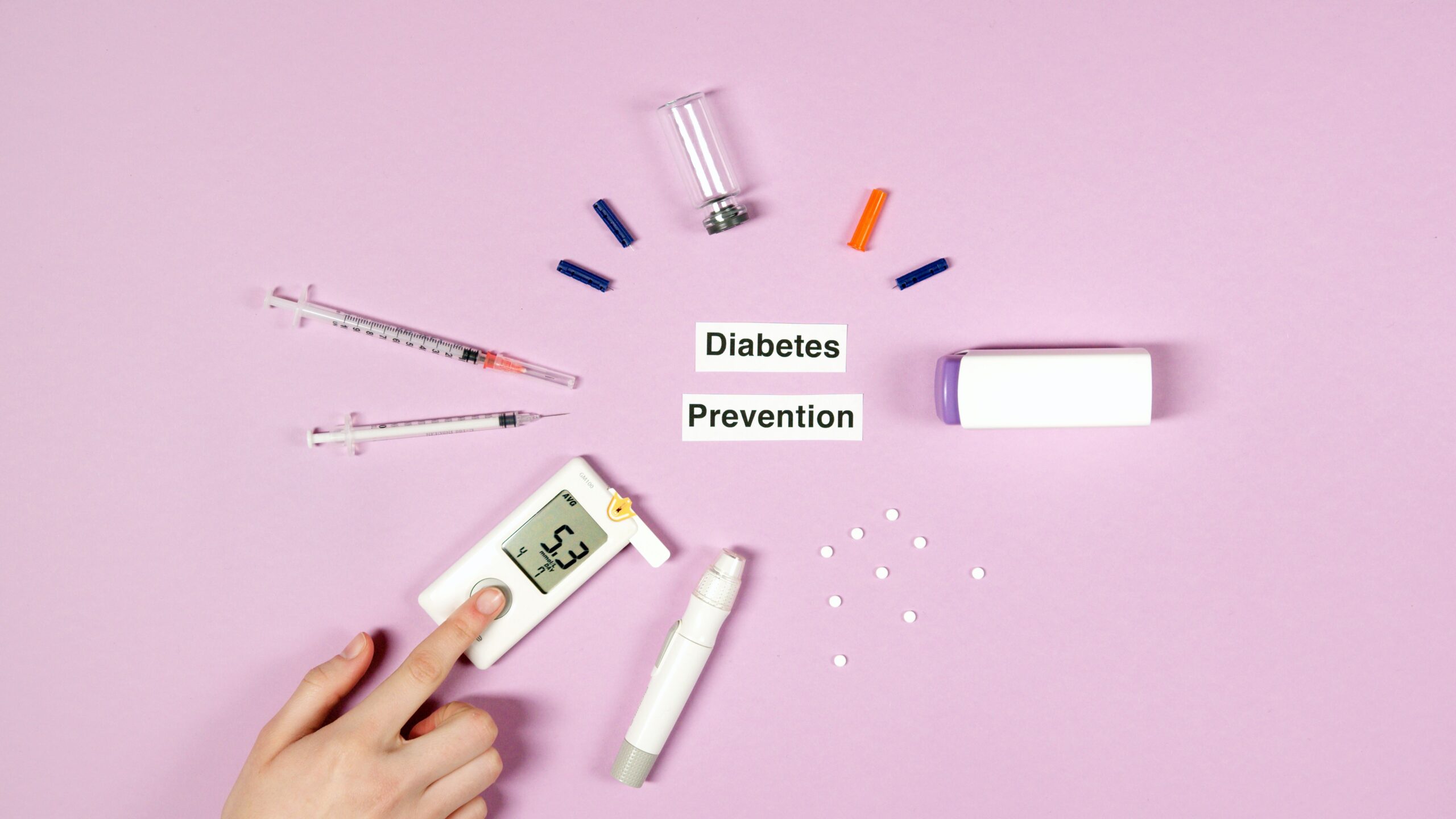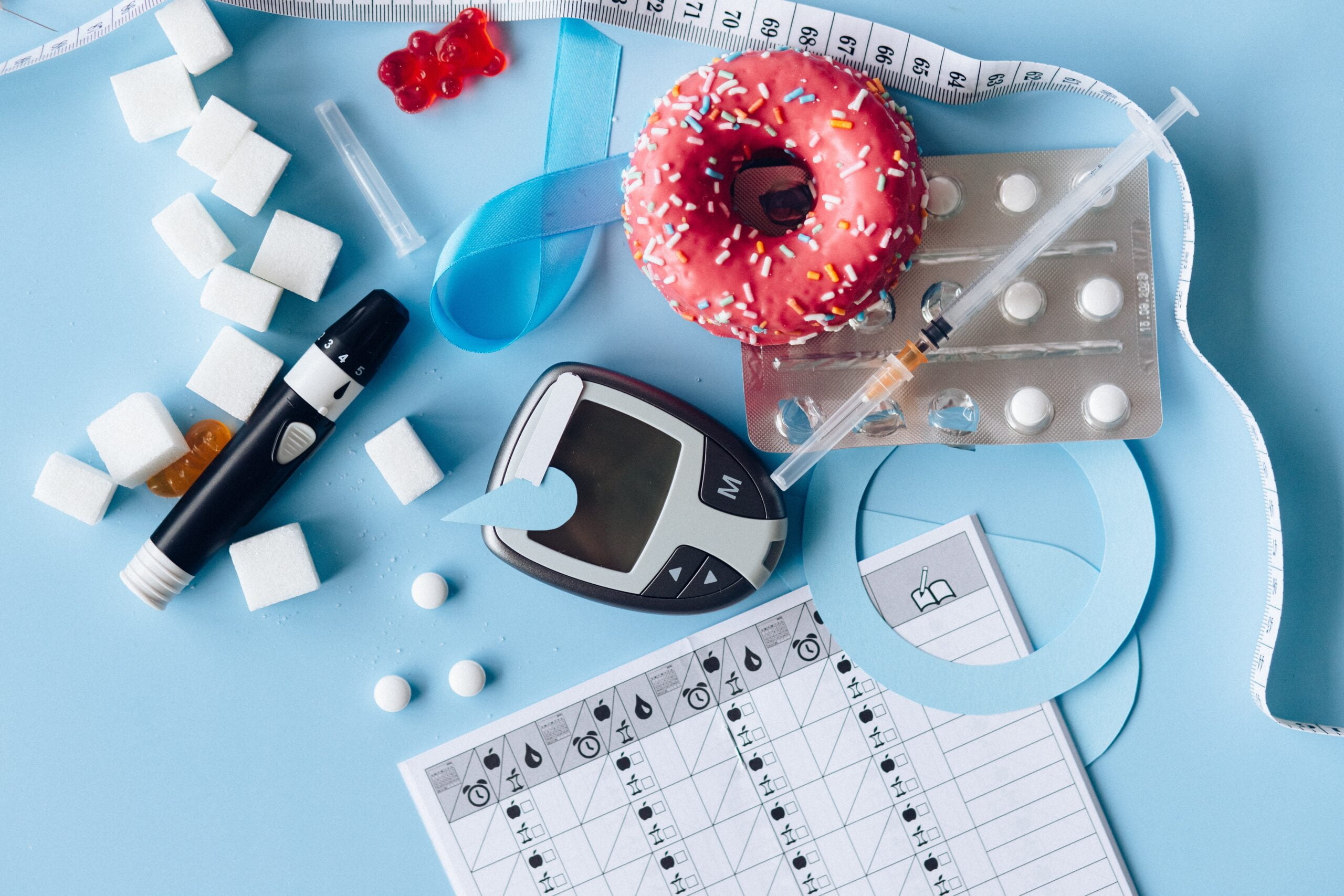Decoding Diabetes: Understanding the Silent Health Epidemic
Introduction:
Diabetes is a persistent metabolic condition that impacts millions of individuals globally. It occurs when the body’s ability to regulate blood sugar levels is compromised. With various types of diabetes, recognizing its symptoms, understanding its causes, taking precautions, and managing it through medication are essential for leading a healthy life.
Types of Diabetes
1. Type 1 Diabetes:
Type 1 diabetes, often diagnosed in childhood or adolescence, is an autoimmune condition where the body’s immune system attacks and destroys insulin-producing cells in the pancreas. This results in a lack of insulin, requiring individuals to take insulin injections regularly.
2. Type 2 Diabetes:
Type 2 diabetes is frequently encountered and typically emerges during adulthood. It is characterized by insulin resistance, where cells do not respond effectively to insulin. Lifestyle factors such as diet, exercise, and genetics play a significant role in its development.
3. Gestational Diabetes:
Gestational diabetes occurs during pregnancy when hormonal changes affect insulin utilization. It usually resolves after childbirth, but it increases the risk of developing type 2 diabetes later in life.
Symptoms of Diabetes
1. Frequent Urination and Thirst:
One of the hallmark symptoms of Mellitus is excessive urination and increased thirst. This occurs due to elevated levels of glucose in the bloodstream. When blood sugar levels are high, the kidneys work to filter and eliminate the excess glucose from the body through urine. This leads to more frequent trips to the bathroom, often accompanied by a persistent feeling of thirst.
The body’s attempt to flush out excess glucose can result in dehydration, triggering an ongoing cycle of increased fluid intake and frequent urination. If you find yourself visiting the restroom more frequently and experiencing heightened thirst, it’s crucial to consider the possibility of Mellitus and consult a medical professional for proper evaluation and diagnosis.
2. Unexplained Weight Loss:
Another notable symptom of Sugar disease is unexplained weight loss. This phenomenon is particularly common in individuals with type 1 but can also occur in type 2. The weight loss occurs despite regular eating habits or even an increase in appetite. The reason behind this unexpected weight reduction lies in the body’s inability to effectively utilize glucose for energy due to insufficient insulin or insulin resistance.
In response, the body starts breaking down muscle and fat for energy, resulting in a gradual loss of weight. If you notice a significant and unexplained drop in weight along with other mellitus-related symptoms, seeking medical attention promptly is essential for proper diagnosis and management.
3. Fatigue:
Fatigue is a common symptom experienced by many individuals with diabetes. It stems from the body’s inability to properly convert glucose into energy due to the lack of insulin or insulin resistance. Without sufficient glucose reaching the cells for energy production, feelings of tiredness and weakness can become persistent. This can influence daily tasks and overall quality of life. If you find yourself consistently fatigued, even after adequate rest, and suspect it might be related to diabetes, it’s important to consult a healthcare professional. Proper mellitus management, including blood sugar control and lifestyle adjustments, can help alleviate fatigue and restore a more energetic and active life.
4. Blurry Vision:
Blurry vision is a notable concern for individuals affected by diabetes. Elevated levels of blood sugar can lead to changes in the lens of the eye, causing it to swell and lose its ability to focus properly. This can result in blurred vision, difficulty in focusing on objects, and even fluctuations in eyesight throughout the day. If left uncontrolled, persistently high blood sugar levels can lead to more severe eye complications over time.
Therefore, it’s important for individuals with diabetes to prioritize regular eye check-ups and maintain optimal blood sugar levels to safeguard their vision and overall eye health. If you experience sudden or significant changes in your vision, seeking prompt medical attention is crucial.
5. Slow Healing:
Delayed wound healing is a common issue associated with diabetes. Elevated blood sugar levels can have a detrimental impact on both blood circulation and the immune system. Poor blood flow hampers the delivery of essential nutrients and oxygen to the site of an injury, slowing down the body’s natural healing processes. Additionally, the compromised immune system’s ability to fight off infections further complicates the healing process.
Even minor cuts or wounds can take longer to heal, and if not properly managed, they can escalate into more serious infections or complications. Monitoring blood sugar levels, practicing proper wound care, and seeking medical attention for any slow-healing wounds are essential steps for individuals with sugar disease to prevent complications and promote timely healing.
Causes of Diabetes
1. Genetic Predisposition:
Genetic predisposition plays a significant role in the development of diabetes. If diabetes runs in your family, you might have a higher risk of developing the condition. Certain genetic factors can influence how your body produces and uses insulin, impacting your overall susceptibility to diabetes. While genetics can contribute to the risk, lifestyle choices and preventive measures also play crucial roles in managing this condition effectively. Regular screenings and maintaining a healthy lifestyle can help mitigate the impact of genetic predisposition on diabetes.
2. Unhealthy Lifestyle:
Type 2 is often linked to an unhealthy lifestyle characterized by poor dietary choices, insufficient physical activity, and obesity. A diet rich in sugary, processed foods and lacking in nutritious elements can lead to weight gain and insulin resistance. Combined with a sedentary routine that lacks regular exercise, the body’s ability to effectively regulate blood sugar becomes compromised.
As excess weight accumulates, it increases the risk of developing type 2 diabetes. Fortunately, making positive lifestyle changes such as adopting a balanced diet and engaging in regular exercise can significantly reduce this risk. By addressing these lifestyle factors, individuals can take proactive steps to prevent or manage type 2 diabetes and enhance their overall well-being.
3. Autoimmune Response:
In the case of diabetes, an autoimmune response becomes a key player. Specifically, in type 1, the body’s immune system mistakenly targets and destroys the insulin-producing cells in the pancreas. This autoimmune attack disrupts the body’s ability to regulate blood sugar levels, leading to a lifelong dependence on insulin injections. Understanding this immune system malfunction is crucial for developing strategies to manage and treat type 1 diabetes effectively.
4. Hormonal Changes:
Hormonal changes, particularly during pregnancy, can play a significant role in the development of gestational diabetes. Pregnancy hormones can interfere with the body’s insulin function, making it harder for cells to respond effectively to insulin. As a result, blood sugar levels can rise beyond normal ranges, leading to gestational diabetes. This condition typically occurs during the second or third trimester of pregnancy and poses risks not only for the mother but also for the developing baby.
It’s important for expectant mothers to undergo regular prenatal check-ups that include glucose screening to monitor and manage blood sugar levels. By addressing gestational diabetes through dietary adjustments, physical activity, and, if necessary, medical interventions, women can promote a healthier pregnancy and reduce the potential risks for themselves and their babies.
Precautions and Management
1. Balanced Diet:
Consume a well-balanced diet rich in whole grains, lean proteins, healthy fats, and plenty of fruits and vegetables.
2. Regular Exercise:
Engage in regular physical activity to improve insulin sensitivity and maintain a healthy weight.
3. Blood Sugar Monitoring:
Monitor blood sugar levels regularly to make informed decisions about food, exercise, and medication.
4. Medication Adherence:
Follow the prescribed medication regimen diligently, including insulin injections if necessary.
5. Stress Management:
Engage in relaxation practices like yoga and meditation.
Medications for Diabetes
1. Insulin Therapy:
Essential for type 1 diabetes and sometimes required for type 2 or gestational diabetes.
2. Oral Medications:
Type 2 can often be managed with oral medications that improve insulin sensitivity, increase insulin production, or reduce sugar absorption.
3. Other Injectable Medications:
Incretin mimetics and amylin analogs are injectable medications that help control blood sugar levels.
Conclusion
It is a complex condition that requires a comprehensive approach for effective management. By understanding the different types of sugar disease, recognizing symptoms, addressing causes, taking precautions, and following prescribed medications, individuals with mellitus can lead fulfilling lives. Remember, regular medical check-ups and open communication with healthcare professionals are vital in managing diabetes and minimizing its impact on overall health and well-being.
Note: This article is intended solely for informational purposes. It is essential to emphasize that the content provided here is not a substitute for professional medical advice. Before considering any medication, it is imperative to consult a qualified medical practitioner.
If you want to read my other article on Cholesterol Unveiled: Embracing Ayurvedic Wisdom for Natural Balance follow the link.





2 thoughts on ““Diabetes Triumph: Mastering Your Blood Sugar for a Fulfilling Life” in 2025”